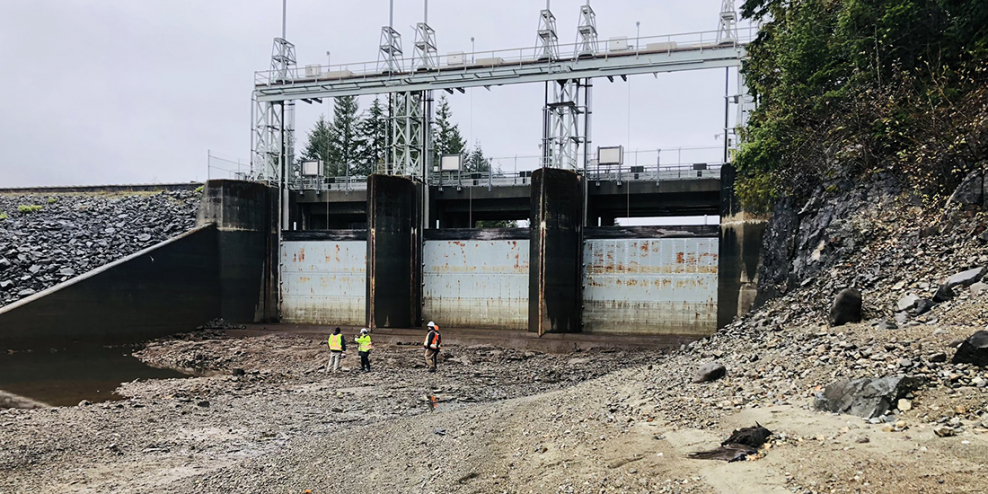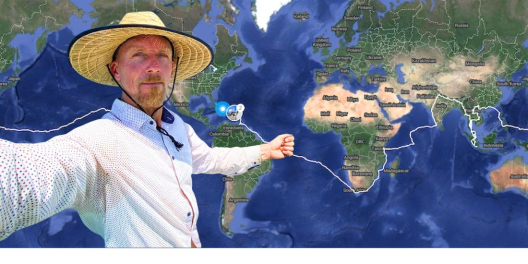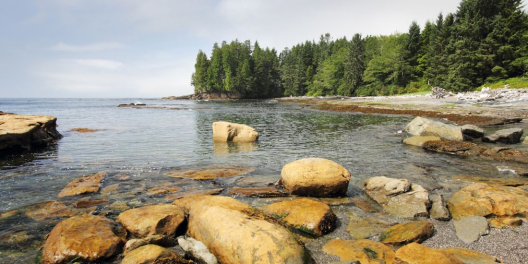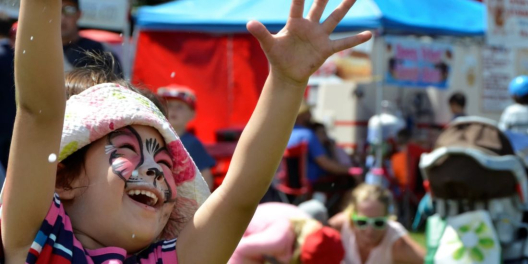Stephen Watson is the stakeholder engagement advisor for BC Hydro. He’s also a great Twitter follow if you’re at all interested in water supplies on VanIsle.
He says the utility is currently in “uncharted territory” with its VanIsle hydropower plants given the record dry fall on the coast.
However, he says BC Hydro is not concerned about being able to keep the lights on on the Island. That’s because so much of our power comes from the big hydropower plants on the Mainland.
“This needs to be looked at generally and not in the moment of a few months. The last 14 months have had four cycles of weather where it’s been very wet or very dry,” Watson told VanIsle.News in an email.
A wet stretch of weather between September and November in 2021 was followed by four months of dry weather. Then last spring saw another four-month stretch of cool wet weather. Now we’re into four months of exceptionally dry conditions.
“Overall the 12 month period from October 1, 2021 to September 30, 2022, … water inflows into the Puntledge River system for example were about normal,” Watson says.
This fall season (Sept 23 to date) has been record breaking for the Puntledge River system.
— Stephen Watson, BC Hydro (@SWatson_BCH) December 7, 2022
Lowest precipitation on record (42 years) at 31% of normal or 206 mm, with 666 being average. Same period in 2021, 966 mm!
Record (54 years) low reservoir water inflows of 26% of normal pic.twitter.com/UAD8JZV5xq
November to January are typically the wettest months on Vancouver Island. Snowpack usually peaks in April. The depth of snow in the upper headwaters is critical for refilling the lakes and water reservoirs that we depend on during the summer months.
Watson says there’s still plenty of time for snowpack to recover. But at its current depth, it’s just 25 percent of normal for this time of year.
Some places like Mount Washington are already feeling the effects.
That said, the ongoing drought is a management challenge for BC Hydro. For example, for both its John Hart and Puntledge River dams, BC Hydro has to balance water flows in the rivers to support spawning salmon while keeping reservoirs at levels that won’t disrupt power generation.
In early October, BC Hydro reduced Puntledge River flows by 1/3rd, and also reduced releases from the John Hart dam to levels that were just enough to cover spawning gravel in the Campbell River.
“From a power supply perspective, we are fortunate in BC to have an integrated power supply and grid system across the province. Our smaller facilities on the Island are the most impacted by this current weather situation,” Watson says.
BC Hydro has 6 power generation stations on Vancouver Island, but these make up just 4 percent of its provincial capacity.
- John Hart – 132 megawatts (MW),
- Puntledge – 24 MW,
- Strathcona -64 MW,
- Ladore 47 MW,
- Jordan River – 170 MW, and
- Ash River –28 MW.
Another 21 privately owned stations can generate another 550 MW of energy, which doubles the capacity on the Island.
Under ideal conditions, a 1 MW power plant running year round produces 8,765 megawatt hours (MWh) of electricity, enough to power more than 1,200 homes.
Andrew Rowe is a UVic engineer who studies energy systems. In an article published last October in The Capital Daily, he said he expects that water scarcity due to climate change will impact how much power we can generate on VanIsle.
Province-wide, he said BC has lots of power capacity. So the key to future electricity security will be ensuring VanIsle is well connected to the Mainland grid with transmission lines.
Which is interesting considering BC Hydro has told folks on VanIsle that they won’t be building new lines unless a big power user comes in, at least not on VanIsle itself.
“We’ll need to be making sure we have the ability to maneuver and ship power from various locations…” Rowe told The Capital Daily.
“This whole question around supply and demand—it only works as long as you’ve got the connections in between right. Having a strong and reliable network is going to grow in importance.”









